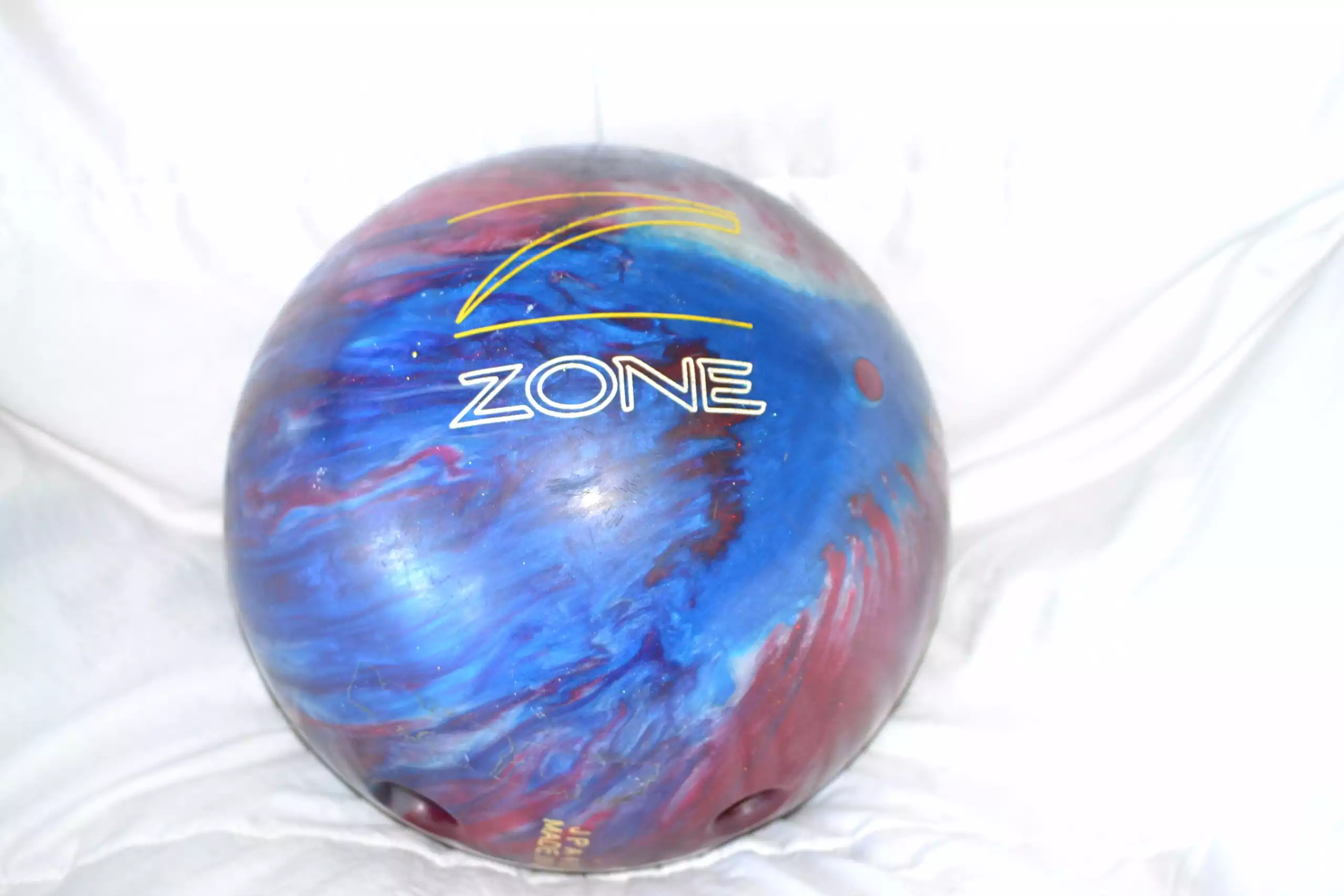
Did you just recently find out that bowling balls have serial numbers? You're one of many - most people don't even notice them.
But it's good to know about bowling ball serial numbers since they come in handy if you need targeted information about your ball. And that's not nearly the extent of it.
In this article, we will discuss how to find the serial number on your bowling ball, what these numbers mean, how to use a bowling ball serial number lookup and more!
Contents
- 1 Bowling Ball Serial Number Lookup
- 2 Where to Find the Serial Number on Your Bowling Ball
- 3 What the Digits of a Serial Number Mean
- 4 How to Use a Bowling Ball Serial Number Lookup
- 5 What to Do if You Can’t Find Your Bowling Ball’s Serial Number
- 6 Other Numbers on a Bowling Ball
- 7 Do Bowling Balls Expire?
Bowling Ball Serial Number Lookup
Every bowling ball has a serial number, which serves several purposes for manufacturers and customers. For manufacturers, the serial number is essential for quality control. It can track when and where the ball was made, production batches, and potential defects.
For customers, it can come in handy should the ball ever be lost or stolen.
When you register your ball, you'll enter the serial number, which will be linked to your name and contact information. This makes it easier for bowling alleys and retailers to contact you if your ball is found and for potential bowling ball recalls.
Brunswick has made it easy to register your Brunswick, Columbia 300, DV8, Ebonite, Radical, Hammer, Track, and Ultimate bowling products and accessories here.
The USBC (United States Bowling Congress) also uses a bowling ball's serial number. When you enter a USBC-sanctioned event, you'll have to provide your ball's serial number.
The USBC uses these numbers to determine whether your ball is considered legal and approved for competitive or tournament play. If your serial number isn't on the list, you'll have to get a new ball.
Key Takeaways
- Bowling Ball Serial Numbers: Each bowling ball has a unique serial number for quality control, ownership identification, and legal play verification in USBC-sanctioned events. Manufacturers use these numbers for tracking production details and potential defects.
- Finding Serial Numbers: The serial number is usually stamped or engraved near the ball's holes or at the bottom. If missing, consult the ball’s manual or manufacturer's website for guidance on legal re-engraving for competitions.
- Interpreting Serial Numbers: Serial numbers often start with a manufacturer code, followed by a production number indicating the manufacturing date and possibly the ball's weight. Formats vary across manufacturers, so it is recommended that you check with the specific manufacturer for details.
- Utilizing Serial Number Lookups: Some manufacturers provide online tools to retrieve information about your ball using its serial number. These tools can be helpful for tracking down specifics about lost or stolen balls or for product recalls.
- Bowling Ball Maintenance and Longevity: Bowling balls do not expire but can show wear over time, affecting performance. Regular inspection and maintenance can extend a ball's life, potentially beyond 5 to 10 years, depending on use and care.
Where to Find the Serial Number on Your Bowling Ball
So, how do you find the serial number on your bowling ball? It's quite simple - it should be stamped or engraved somewhere on the ball. The most common place is near the hole.
If you can't find it there, check near the bottom of the ball.
If you're having trouble finding the serial number, consult your ball's manual or the ball maker's website. If the serial number is ever removed, to be considered legal, it must be re-engraved for competition.
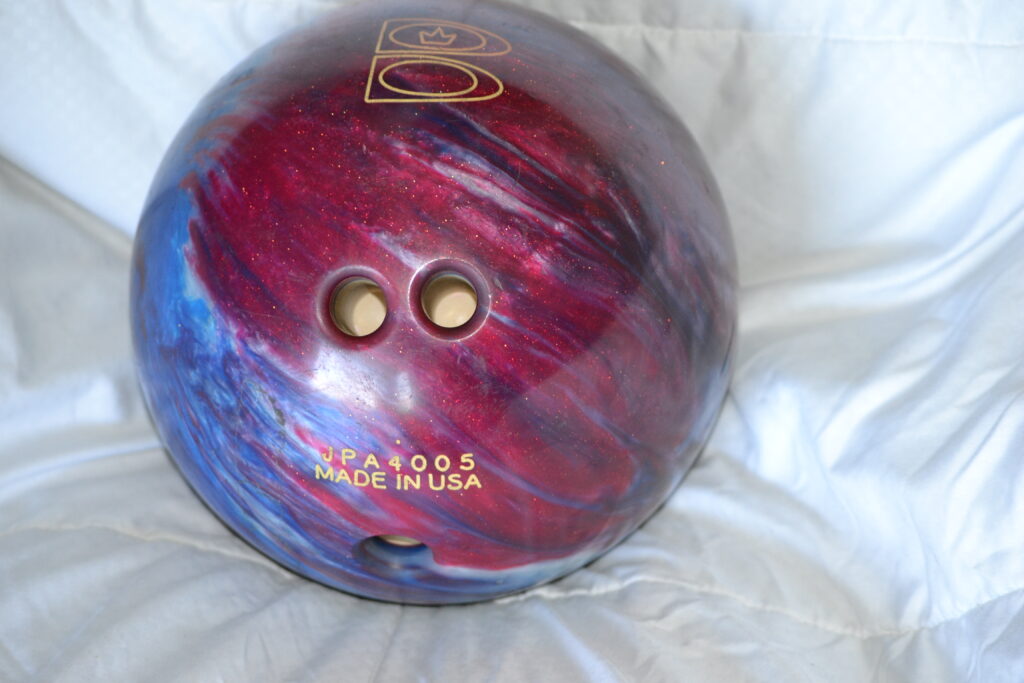
What the Digits of a Serial Number Mean
Now that you know how to find the serial number on your bowling ball, you're probably wondering what all those numbers and letters mean.
The truth is that a bowling ball's serial number may vary depending on the manufacturer. Some manufacturers' serial numbers begin with the first letter of their brand name.
| Aspect | Details |
|---|---|
| Purpose of Serial Numbers | For manufacturers: Quality control and tracking. For customers: Identification, recovery of lost/stolen balls, and verification for USBC events. |
| Location of Serial Numbers | Typically near the holes or the bottom of the ball. Consult the manual or manufacturer's website if not found. |
| Interpretation of Serial Numbers | Varies by manufacturer. Can include manufacturer's code, production date, SKU number, and sometimes the ball's weight. |
| Using Serial Number Lookup | It is typically near the holes or the bottom of the ball. If it is not found, consult the manual or manufacturer's website. |
| Maintenance and Lifespan | Bowling balls do not expire but may show wear. Regular maintenance can extend their lifespan beyond 5-10 years, depending on care and use. |
Here is a hypothetical example of a bowling ball serial number is an alpha-numeric string: ACR121006789.
In this case, ACR would be the manufacturer's three-letter code, and 121006789 would be the production number. The first two digits of the production number (12) indicate the year the ball was made, and the next three digits (100) indicate the day of the year.
So, in this example, the ball was made on April 10th. The last four digits (6789) are usually randomly generated and stand for the SKU number or stock-keeping unit.
The SKU could indicate various things for the manufacturer, such as the type of ball or the color. Some manufacturers' numerical values include extra information, like the ball's weight or the type of cover stock.
In our hypothetical example, if the weight was included, it may look something like this: ACR12100678914.
The 14 would indicate that the ball weighed 14 pounds.
We cannot stress enough that your bowling ball’s serial number format may differ from our example. Different manufacturers have multiple systems creating the ball's serial numbers.
If you're unsure about your serial number, consult the manufacturer's website or customer service. They can fill you in on the nuances of their serial numbers and answer any questions you may have.
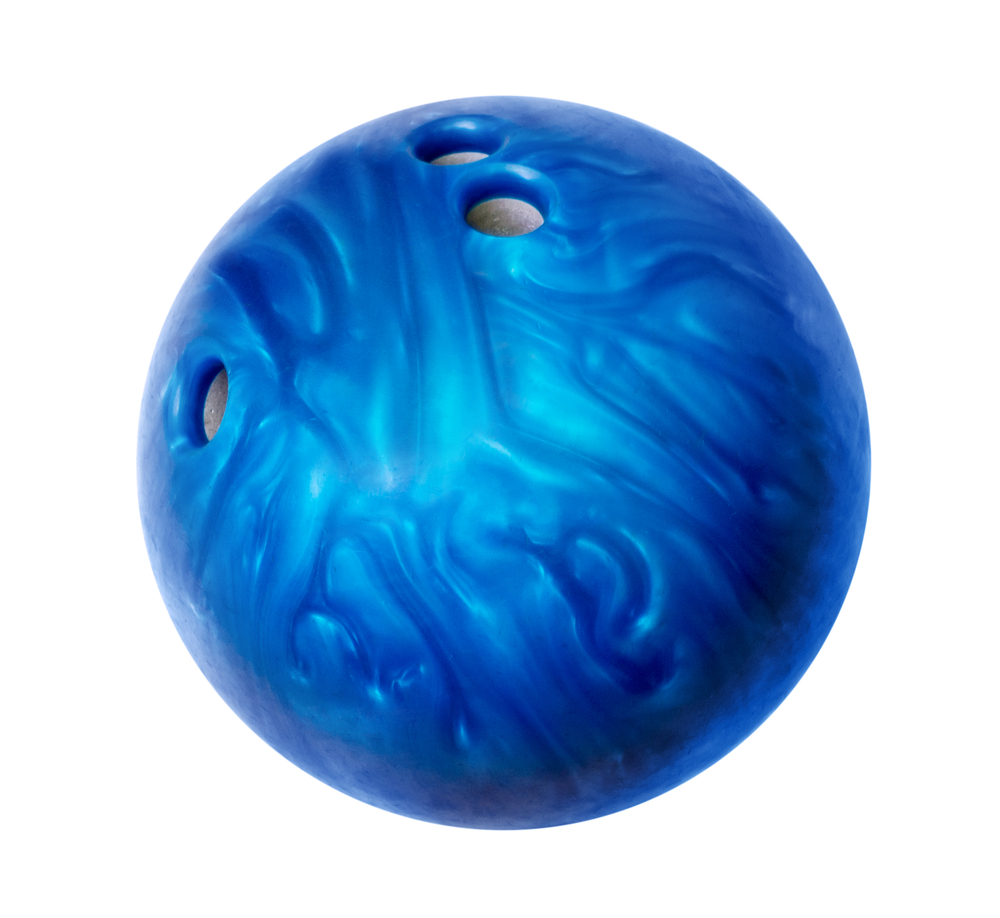
How to Use a Bowling Ball Serial Number Lookup
You understand the basics of bowling ball serial numbers - now let's look at how to put your knowledge to use. If you want to retrieve information about your ball, you can use a bowling ball serial number lookup or archive.
Select manufacturers offer these lookup tools, and they can be a great resource if you're trying to track down a specific ball.
All you'd need to do is type in your serial number (and any other information on the form), and the tool will provide you with the details they house in their database.
Of course, not all manufacturers offer this service. So, if you're trying to track down a lost or stolen ball and there's no serial number lookup available, contact the pro shop or retailer you bought it from.
They may have a sale record in their system that includes your ball's serial number and other pertinent information.
What to Do if You Can’t Find Your Bowling Ball’s Serial Number
It can be frustrating when you can't find your serial number, especially if you're trying to register for a tournament or locate a lost ball. If the manufacturer's website and lookup tool are no help, we recommend you contact a local pro shop.
The staff there should be able to tell you where to find the serial number on your ball and what it means. These professionals have seen a ton of bowling balls and are experts in their own right.
And if your bowling ball doesn’t have a serial number, they may be able to help you identify your ball using other methods. There’s almost always more than one way to figure things out.
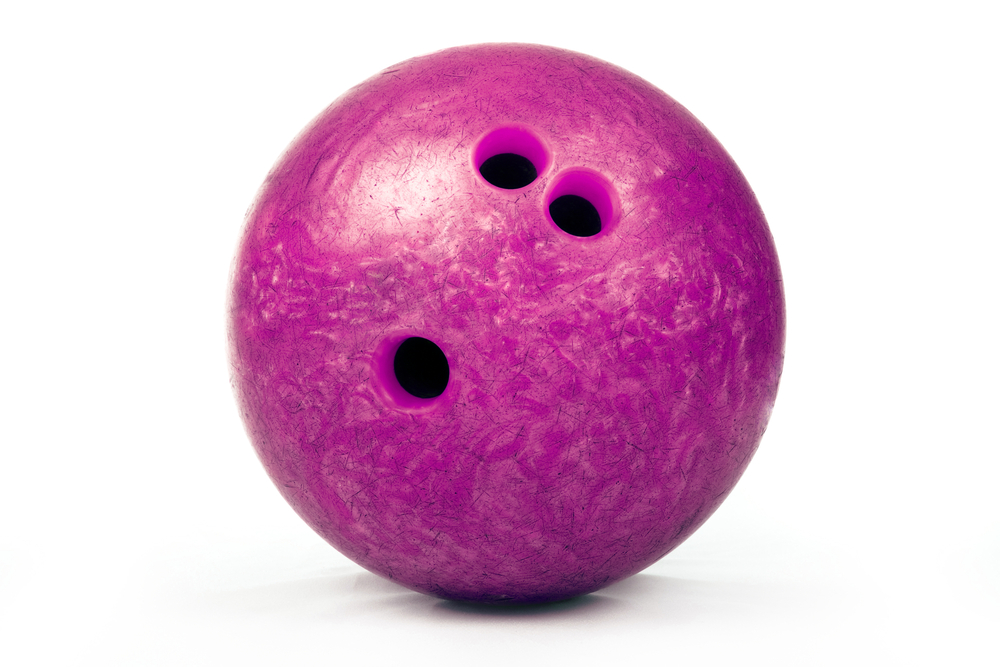
Other Numbers on a Bowling Ball
If you have seen or used multiple bowling balls, you probably know that the serial number isn't always the only number on a bowling ball. In addition to the serial number, you may notice another number stamped or engraved on your ball.
Often, bowling balls will have their weight inscribed somewhere on the coverstock.
The number will usually stand alone - it won't say 14 lbs - it'll just say “14”. This is common with house balls that you'll find at the bowling alley but may also be on your personal ball.
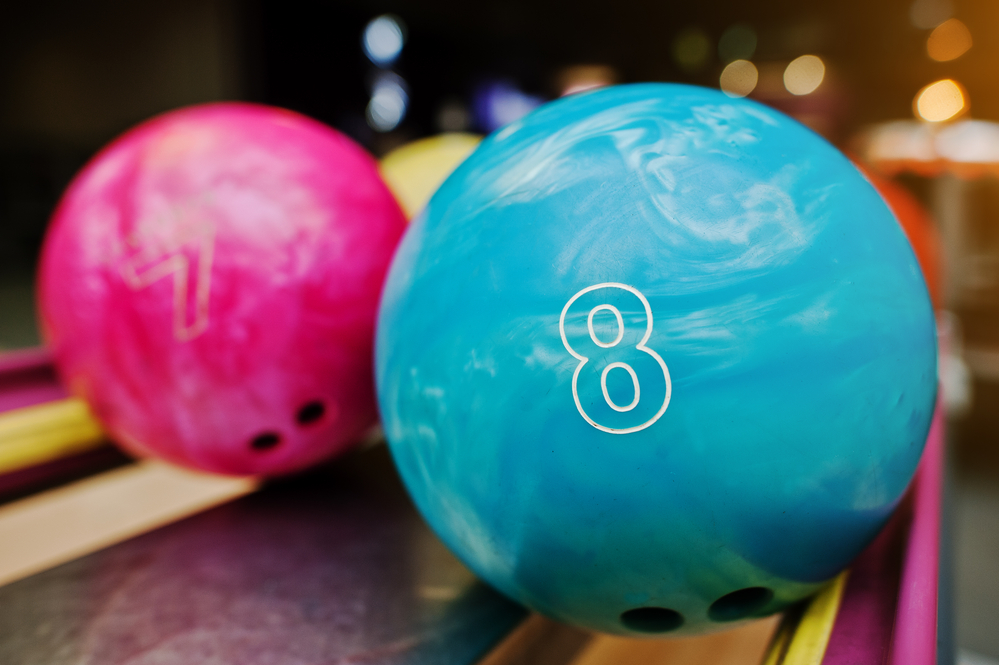
Do Bowling Balls Expire?
If you look at your bowling ball's serial number and realize that it was manufactured long ago, you may start to wonder if the ball is stale or expired.
The answer is no - bowling balls do not expire. As long as your ball isn't cracked or otherwise damaged, it should be okay to use.
Of course, if you've had your ball for a long time, it may not perform as well as it did when it was new. The coverstock may have lost its luster, and its core may have separated. This is normal wear and tear and is to be expected.
Still, you should know that a bowling ball’s expected life may range from 5 to 10 years. But if the bowling ball was only gently used or if the previous owner took really good care of it, you can get several more years out of it.
If you're concerned about your ball's performance, we recommend you take it to a local pro shop and have them inspect it. Within a few minutes, an expert may be able to tell you if your ball needs to be resurfaced, replaced, or otherwise fixed. Who knows, you might be able to get more play time out of your ball.

How Can I Tell What Year My Bowling Ball Was Made?
You can determine the year your bowling ball was made by examining its serial number. In many cases, the serial number contains information about the production date. For instance, if the serial number is alphanumeric, like "ACR121006789," the first two digits after the manufacturer's code (in this case, "12") represent the year the ball was made.
However, this format can vary depending on the manufacturer, so it's essential to refer to the specific coding system they use for accurate information.
What Do the Numbers on My Bowling Ball Mean?
The numbers on your bowling ball are typically part of the serial number, which provides information about the ball's production and identification. In a typical format, like "ACR121006789," "ACR" might represent the manufacturer, "12" the year of manufacture, and "100" the day of the year it was made.
The remaining numbers could be a unique identifier for that specific ball. However, variations exist, and some manufacturers include additional information, such as the ball's weight.
How Do You Read a Storm Bowling Ball Serial Number?
Reading a Storm bowling ball serial number would follow a similar principle to other brands, but the format can vary. Generally, it's an alphanumeric code that contains information about the manufacturing date and other details about the ball.
For an accurate interpretation, it's advisable to refer to the manufacturer's guidelines or contact Storm's customer service for specific information on how to decode their serial numbers.
How Do You Know What Weight Your Bowling Ball Is?
The weight of a bowling ball is often indicated by a number engraved or stamped on its surface. For instance, a number like "14" would suggest that the ball weighs 14 pounds.
This number typically stands alone and isn't accompanied by the "lbs" unit. You can also weigh the ball or refer to purchase documents or the manufacturer's specifications, if available, to confirm the weight.
Related Articles
My Final Words
Understanding and using your bowling ball's serial number is crucial for quality assurance and compliance with competitive standards, such as those set by the United States Bowling Congress (USBC). These alphanumeric codes, typically found stamped or engraved near the ball's holes or at its base, serve as a key tool for manufacturers and bowlers alike, offering insights into the ball's production details and facilitating its identification in case of loss or theft. Each serial number is specific to each ball, like a social security number is to a person.
Moreover, the ability to decode these numbers can reveal important information about the ball's manufacturing date and potentially its weight, enhancing your knowledge and management of your bowling equipment. Manufacturers' serial number lookup tools offer a valuable resource for those looking to delve deeper into specifics or track down a particular ball. Remember, regular maintenance and understanding your ball's history through its serial number can significantly extend its usable life, ensuring that you get the most out of your investment in the sport of bowling.
Kira Byrd, a Certified Fraud Examiner, holds a B.S. in Accounting from the University of Alabama at Birmingham. With a passion for bowling from her childhood, Kira has poured her expertise and personal experiences into creating and nurturing Bowling For Beginners. Kira's mission is to meet new bowlers where they are and guide them toward consistently achieving higher scores. With a focus on skill development and strategic techniques, she empowers readers to take control of their game and unlock their true potential.
Bowling For Beginners embodies strict editorial integrity, ensuring reliable and unbiased information. Kira's commitment to delivering valuable insights and practical strategies is reflected in every article. Here's an explanation of our editorial policy and how we get money.

